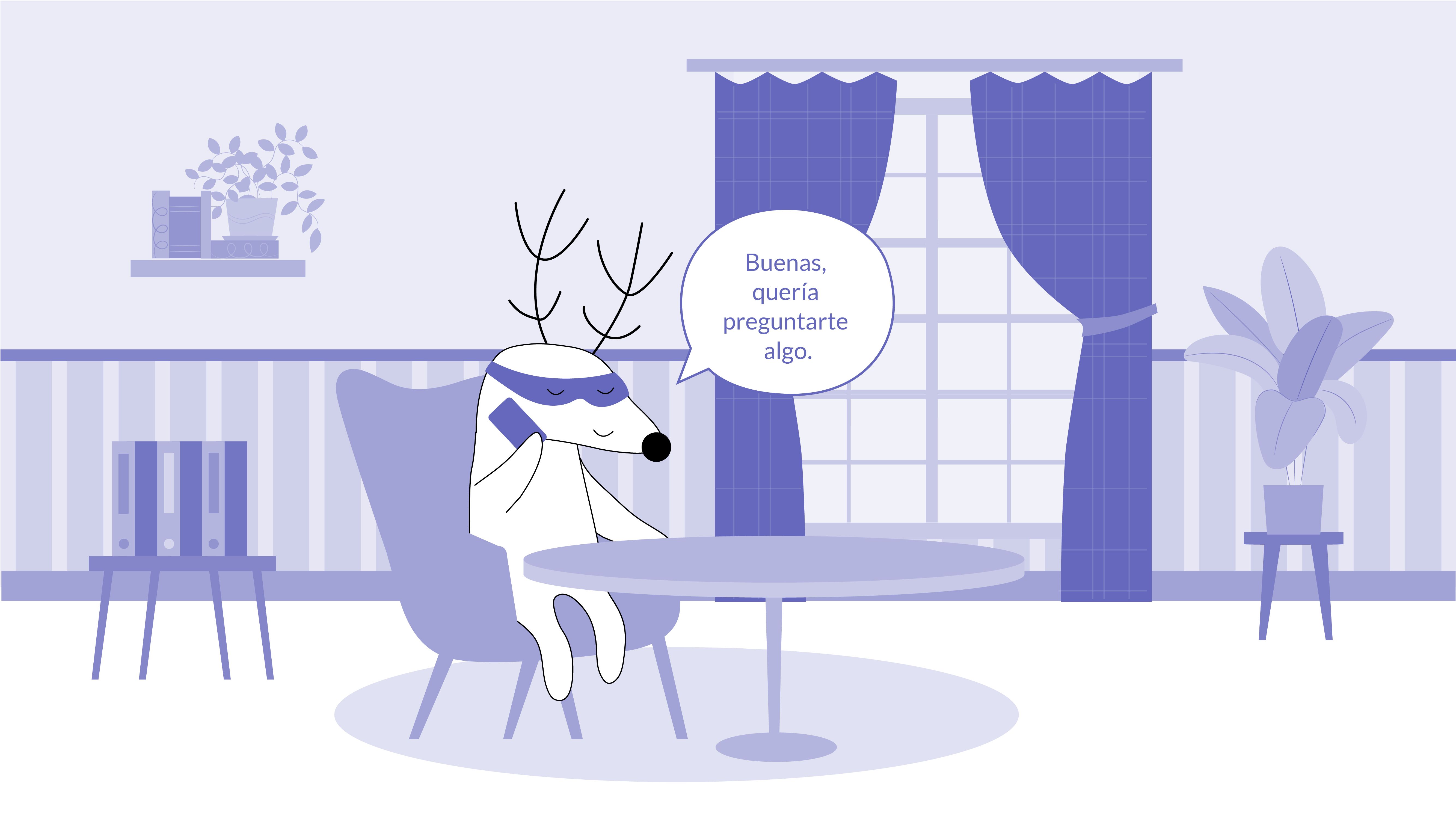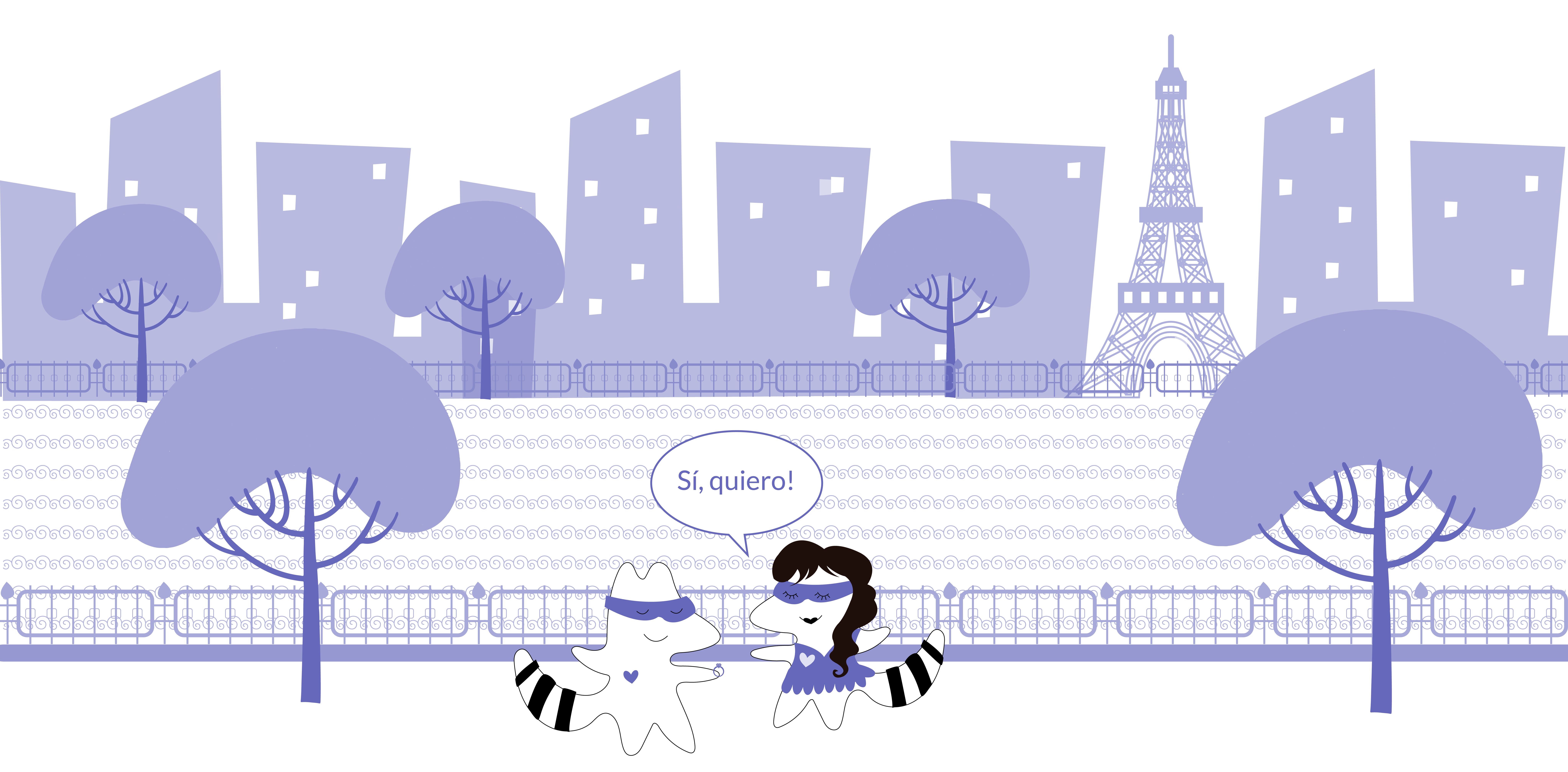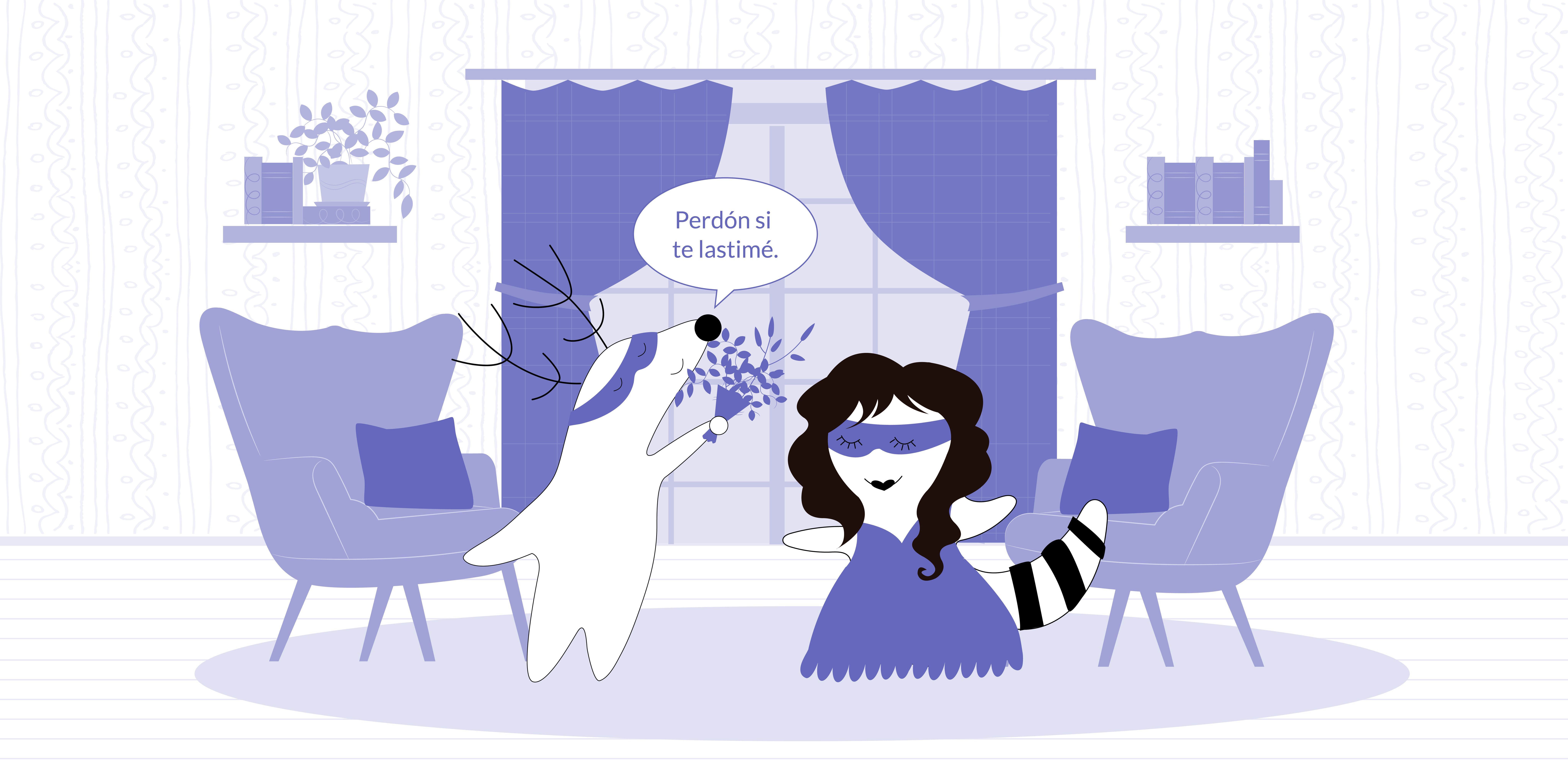
When embarking on an adventure in a new country, learning greetings in the local language can be your passport to a more authentic experience. The ability to communicate, even on a basic level, allows for deeper connections with locals, shows respect for their culture, and can often lead to unique experiences off the beaten path.
If your journey takes you to Latin American countries, mastering these ten common greetings in Spanish will make your travel experience — and your Spanish vocabulary — significantly richer.
1. ¡Hola!
This is your go-to Spanish greeting — it's the most basic and the easiest to remember. ¡Hola! is as versatile as its English counterpart "Hello!"
Use it any time of day to greet anyone, whether it's a hotel receptionist, a fellow traveler, or a street vendor. It’s universally understood and appropriate in all settings — formal and casual alike.
Spanish
English
¡Hola, Juan! ¿Cómo estás?
Hello, Juan! How are you?
¡Hola! Me llamo Maria.
Hello! My name is Maria.
2. Buenos días
Start your day off right by greeting everyone you meet before noon with these Spanish phrases. Buenos días literally translates to "good days," but it's used to mean "good morning."
From the moment you step out of your hotel room to the time you order your first tapa of the day, it's Buenos días, ¿qué pasa? to everyone you see.
Spanish
English
Buenos días, señora. ¿Puede darme direcciones?
Good morning, ma'am. Can you give me directions?
Buenos días, me gustaría un café, por favor.
Good morning, I would like a coffee, please.
3. Buenas tardes

This is another common Spanish greeting that is used after noon until sunset. Buenas tardes is perfect for starting conversations with locals in a café, a shop, or even on the street during the afternoon hours.
Remember, in Spain, the afternoon extends until around 8 or 9 pm due to their unique schedule.
Spanish
English
Buenas tardes, ¿está abierto el museo?
Good afternoon, is the museum open?
Buenas tardes, quiero reservar una mesa para dos.
Good afternoon, I want to reserve a table for two.
4. Buenas noches
Whether you're heading out for the evening or calling it a night, buenas noches is a polite way to acknowledge others. Unlike in English, where we separate "good evening" and "good night," Spanish uses buenas noches for both.
This greeting is used in Latin America when you meet someone in the evening and when you are saying goodbye at the end of the night.
Spanish
English
Buenas noches, ¿me puede decir la hora?
Good evening, can you tell me the time?
Buenas noches, gracias por la cena.
Good night, thank you for the dinner.
5. ¿Cómo estás?
Show interest in the person you're speaking with by asking how they are. This phrase is more commonly used among friends and people of the same age. Remember, the most common response is:
Spanish
English
Estoy muy bien, gracias.
I am very well, thank you.
You can say cómo está or cómo está usted if the greeting is more formal.
Spanish
English
¿Cómo estás, Ana? Hace tiempo que no te veo.
How are you, Ana? Long time no see.
Hola Carlos, ¿cómo estás?
Hello Carlos, how are you?
6. Buenas

This is perhaps the most common informal Spanish greeting and can be used anytime, anywhere. It's a casual way to say “hello” to friends or people your age.
Buenas is a shortened form of either buenos días, buenas tardes, or buenas noches. Use it when you’re in a relaxed environment or among peers.
Spanish
English
Buenas, ¿tienes un minuto para hablar?
Hi, do you have a minute to talk?
Buenas, quería preguntarte algo.
Hi, I wanted to ask you something.
7. Encantado/a de conocerte
When you're introduced to someone new, express your pleasure at the meeting with this polite phrase. Make sure to match the ending to your gender: encantado if you're male and encantada if you're female. It's a little bit formal, but it shows a great deal of respect and politeness.
Spanish
English
Hola, soy Pedro. Encantado de conocerte.
Hello, I'm Pedro. Nice to meet you.
Encantada de conocerte, me han hablado mucho de ti.
Nice to meet you, I've heard a lot about you.
8. Es un placer (conocerte)
This can be used interchangeably with the previous greeting. It adds a level of formality and respect to introductions. Es un placer is a phrase that communicates sincerity and genuine delight in meeting someone new.
Spanish
English
Es un placer conocerte, he oído grandes cosas sobre ti.
It's a pleasure to meet you, I've heard great things about you.
Es un placer, siempre es bueno conocer a nuevos colegas.
It's a pleasure, it's always good to meet new colleagues.
9. ¿Qué tal?

This is another informal way native Spanish speakers ask someone how they're doing. ¿Qué tal? is perfect for casual settings where you are familiar with the person.
Together with cómo te va, it’s often used among young people and in informal situations. Be ready to hear it a lot in lively places like bars and clubs.
Spanish
English
¿Qué tal, cómo te fue en la entrevista?/
What's up, how did the interview go?
Hola, ¿qué tal? ¿Todo bien?
Hi, what's up? Everything okay?
10. Hola, qué gusto
This phrase expresses joy in seeing the person you are greeting. It's perfect for when you're meeting someone you've been looking forward to seeing. It conveys enthusiasm and warmth, and it’s sure to make the person you’re greeting feel special and appreciated.
Spanish
English
Hola, qué gusto verte de nuevo.
Hi, what a pleasure to see you again.
Hola, qué gusto finalmente conocerte en persona.
Hi, what a pleasure to finally meet you in person.
Mastering these greetings will not only make your travels smoother, but it will also enrich your experiences by opening up more authentic interactions. You'll be able to communicate respect and interest, and locals will appreciate your efforts to speak their language.
More Informal Greetings in Spanish
These casual phrases can help you build rapport with native speakers and immerse yourself more deeply in the culture. Here are some common informal Spanish greetings:
Hasta la vista
Made famous by the Terminator movie, Hasta la vista is actually a common way to say "see you later" in Spanish. It's often used when parting ways with someone, with the expectation of seeing them again in the future.
Spanish
English
Hasta la vista, nos vemos mañana.
See you later, we'll see each other tomorrow.
Fue un placer conocerte, hasta la vista.
It was a pleasure meeting you, see you later.
¿Qué hay de nuevo?
This phrase is similar to "Whats up?" or "What's new?" in English. It's a casual way to ask someone if anything new or exciting has happened recently. You can say cómo está or cómo está usted if the greeting is more formal.
Spanish
English
Hola, ¿qué hay de nuevo?
Hi, what's new?
¿Qué hay de nuevo, amigo? No te he visto en mucho tiempo.
What's new, friend? I haven't seen you in a long time.
¿Cómo va todo?
This is a friendly, informal way to ask someone how they are doing or how things are going in their life. Example sentences:
Spanish
English
Hola, ¿cómo va todo? Espero que estés disfrutando de tu viaje.
Hello, how's everything going? I hope you're enjoying your trip.
¿Cómo va todo? Oí que conseguiste un nuevo trabajo.
How's everything going? I heard you got a new job.
The Bottom Line

Now you know some common greetings to use while exploring the Spanish-speaking world. To keep expanding your knowledge of Spanish even further, consider using Langster, an engaging and effective language learning platform.
With Langster, you can practice these greetings and many more useful phrases until they become second nature. So, why wait? Start your journey to Spanish fluency today and unlock a whole new world of travel experiences — one greeting at a time!
Learn Spanish with Langster









 What," "Por qué —> Why," and "Quién —> Who.""
height="359"
width="188"
loading="lazy"
decoding="async"
sizes="188px"/>
What," "Por qué —> Why," and "Quién —> Who.""
height="359"
width="188"
loading="lazy"
decoding="async"
sizes="188px"/>